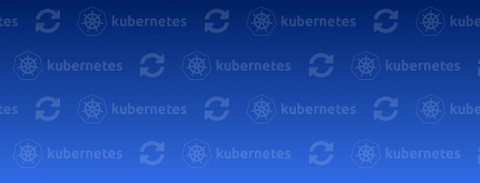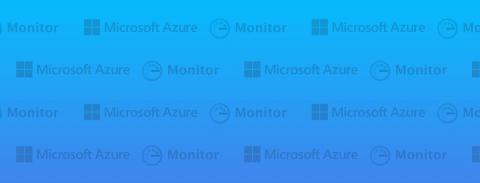IAM Access in Kubernetes: How to Install Kiam
In the last post, we compared kiam and kube2iam head-to-head. While kube2iam was declared the winner of that comparison, I feel that the case for kiam too compelling, and the setup too complicated, to not share my experience setting it up in production.









